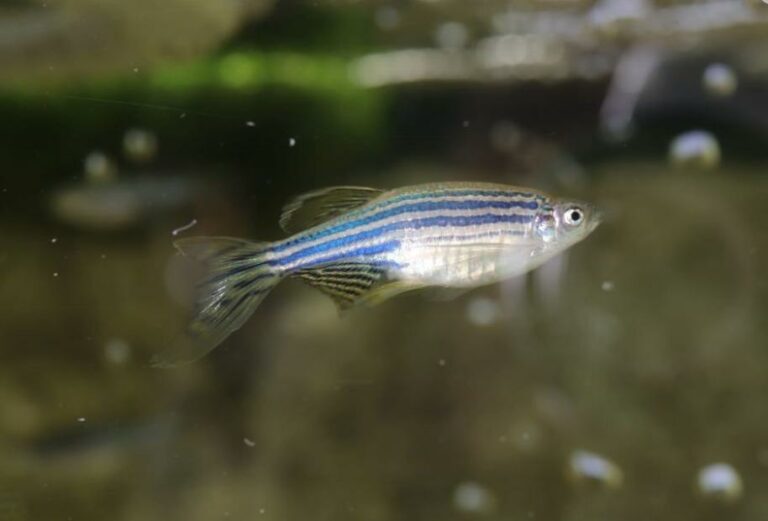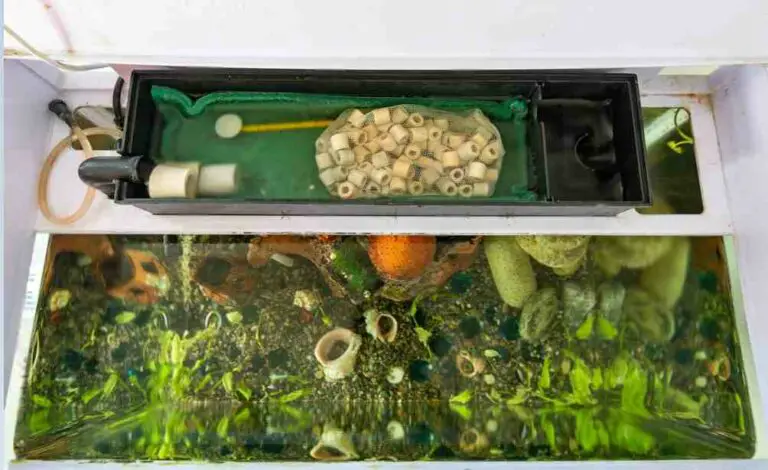How to Breed Zebra Danios?
Breeding Zebra Danios can be a rewarding experience for any aquarist. Zebra Danios are prolific breeders that are easy to spawn in the home aquarium. An extra breeding tank and Zebra Danios fries growing tanks would be best, and the most challenging part is selecting a good breeding pair.
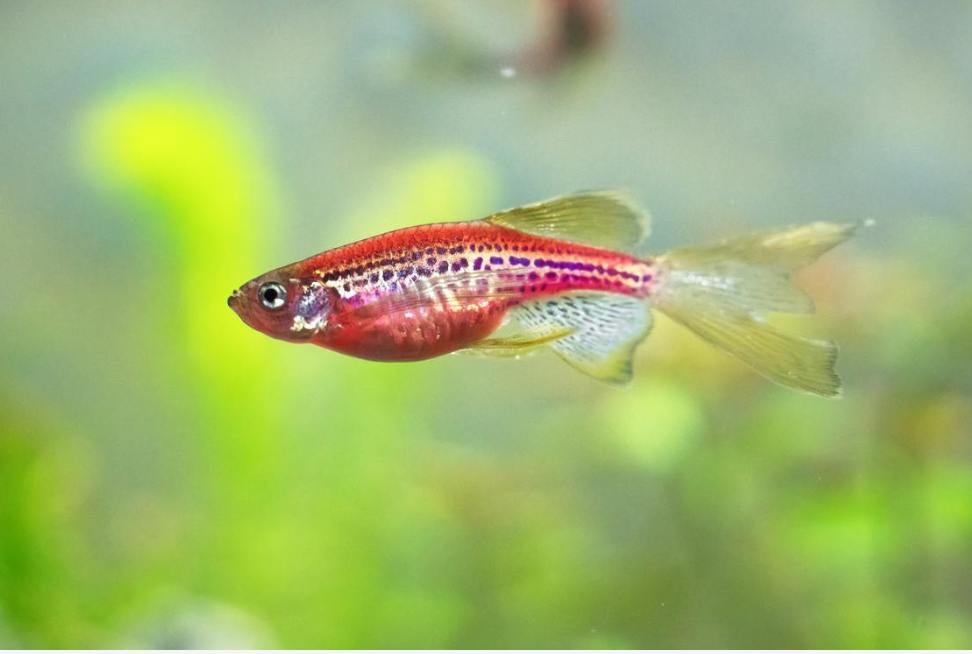
Table of Contents
- Selecting a Zebra Danios Breeding Pair
- Conditioning Zebra Danios before breeding
- Setup the Breeding Tank
- Spawning Zebra Danios
- How Long Does it Take for Zebra Danios Zebra Danios Eggs to Hatch?
- What to Feed Baby Zebra Danios?
- Summary of the key points
Selecting a Zebra Danios Breeding Pair
Selecting a breeding pair, choose the “largest, healthiest, and most active fish” with vibrant colors. Females tend to be slightly larger than males and have a curved blue stripe on their sides. A bonded pair will shoal closely together. Provide a heavily planted tank with soft water for Zebra Danios to thrive.
Here are some tips for selecting a breeding pair of Zebra Danios:
- Size – Females are usually larger than males. Select a female that is noticeably bigger than the male.
- Body Shape – Females will have a more rounded, fuller belly for carrying eggs. Males have a slimmer profile.
- Behavior – Males may display more chasing behavior and be slightly more aggressive towards females or other males. Observe their interactions.
- Condition – Pick active, healthy fish free of disease or physical abnormalities. Make sure they are feeding eagerly.
- Age – Zebra Danios breed best between 6-18 months old. Avoid very young or old fish.
- Color Intensity – Pick a brightly-colored male and female that really “pop” with an intense Zebra Danios glow. This indicates good conditioning.
- Origin – Wild-caught Zebra Danios tend to be more prolific breeders than tank-raised individuals.
Selecting a properly conditioned, compatible Zebra Danios pair based on size, shape, and color will give you the best chance at spawning success. Take time to observe their behaviors and pick a bonded pair.
Conditioning Zebra Danios before breeding
Conditioning Zebra Danios before Breeding is important. It would be best to separate males and females into different tanks about 2-3 weeks before breeding. This prevents interbreeding and allows you to target feeding.
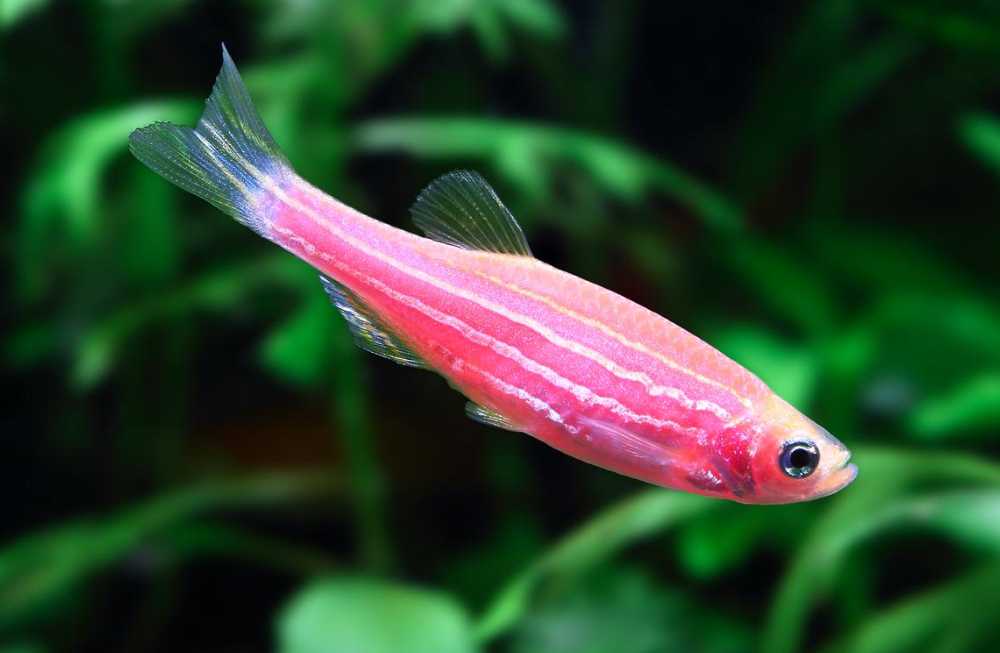
Feed females high-protein foods like live/frozen brine shrimp, blackworms, and mysis shrimp. Offer 2-3 small feedings per day. This supports egg production. Males benefit from foods with carotenoids like spirulina for enhancing color. Feed freeze-dried krill shrimp pellets.
Do frequent 25-30% partial water changes to maintain excellent water quality. This reduces stress and supports breeding health. Keep temperatures around 77-79°F. Warmer temperatures speed up metabolism and conditioning.
Use dim lighting to mimic rainy season conditions. This further triggers spawning behavior.
- Supplement foods with vitamins like vitamin C and HUFAs, which aid reproduction and fertility.
- Quarantine conditioned fish for at least two weeks before introducing them to breed. This prevents disease transmission.
- The female belly will become plump and rounded when filled with eggs. This signals readiness to breed!
You can have your Zebra Danios in peak breeding condition with targeted feeding and care within 3-4 weeks. Then, they will be primed and ready for the breeding tank.
Setup the Breeding Tank
Setting up the breeding tank for Zebra Danios is essential, and it will help female fish lay their eggs without stress.
Here are the key steps to setting up an ideal breeding tank for Zebra Danios:
- Tank – Use a 10-20 gallon aquarium with gentle filtration like a sponge filter. Avoid strong currents.
- Substrate – Add a 2-3 inch layer of peat moss or coco fiber on the bottom to gently lower pH and provide an organic substrate for microfauna growth.
- Plants – Include several bunches of fine-leaved plants like java moss, Cabomba, or spawning mops. These make good egg deposit sites.
- Water – Zebra Danios prefer soft, acidic water with a pH of 4.5-6.5, GH of 3-8 dGH, and temps of 75-82°F. Use RO water remineralized with something like Seachem Equilibrium if needed.
- Leaves – Add dried oak or Indian almond leaves. These release tannins and beneficial chemicals. Start with five leaves for a 10-gallon aquarium.
- Lighting – Use subdued 25-50 PAR lighting at the substrate level. Floating plants can achieve this by filtering light.
- Conditioning – Add conditioners like Seachem Prime to dechlorinate and mineralize the water.
- Cycle – Ensure the tank cycles for 3-4 weeks before adding fish. Test for 0 ammonia, 0 nitrites, and <20 nitrates.
- No Filtration – Wait until the fry is free swimming before adding a sponge filter or other fry-safe filtration. The parents will appreciate the gentle environment.
With some planning and a nicely conditioned tank, you’ll give your Zebra Danios their best shot at spawning success! Monitor parameters closely.
Breeding Tank Water Conditions
Here are the optimal water conditions to target in a Zebra Danios Zebra Danios breeding tank.
- Temperature: 75-82°F (24-28°C). Zebra Danios prefer warmer temps in the upper end of this range for spawning. Use a submersible aquarium heater to maintain a stable temp.
- pH: 4.5-6.5, ideally around 6.0. The low pH is critical and can be achieved using peat moss substrate, Indian almond leaves, driftwood, and RO or soft water. Test with a liquid pH test kit.
- Hardness (GH): 1-4 dGH, or 17-70 ppm. Zebra Danios need very soft, acidic water. If tap water is hard, cut it with RO water.
- Conductivity: 70-150 μS/cm. Low conductivity matches Zebra Danios Zebra Danios’s native blackwater rivers.
- Tannins: Recommended. Tannins released from leaves or peat have antifungal benefits and lower pH. Use Indian almond leaves, oak leaves, and peat granules.
- Filtration: None or sponge filter only. Avoid strong currents and intake tubes.
- Lighting: Low, 25-50 PAR (200-800 lux). Use floating plants to diffuse light.
- Hatching: Eggs will hatch in 24-30 hrs at 75°F. Newly hatched fry don’t need water movement.
Monitor parameters daily at first with kits. Perform regular small water changes once eggs hatch to lower organic waste while minimizing disturbance.
Spawning Zebra Danios
Here are the tips for getting Zebra Danios to spawn successfully.
- Introduce the conditioned breeding pair into the tank in the evening or when lights are off to let them acclimate overnight stress-free.
- Provide a lot of fine-leaved plants like java moss for the female to deposit eggs on. She will pick leaves close to the surface.
- Dim the lights or use low-intensity lighting of around 25-50 PAR (200-800 lux) at the substrate. This encourages spawning behavior.
- Raise the temperature a degree or two to about 80°F. Warmer temps stimulate breeding activity.
- Perform a partial water change of 25% with slightly cooler water (about 75°F) to mimic rainy season triggers in their native habitat.
- Spawning usually occurs in the morning within 1-2 hours of lights turning on. The pair will display a mating ritual of swimming together.
- Females can deposit 100-300 eggs during sporadic spawning over a period of days. The male fertilizes them immediately.
- Removing parents after spawning, likely within 2-3 days, is best to prevent them from eating eggs/fry.
- Eggs hatch in 24-30 hours. Free-swimming fry emerge 3-5 days after hatching. Now, you can add safe filtration.
- Raise fry on frequent small feedings of infusoria, microworms, or powdered fry foods. Do regular partial water changes.
Stay patient and keep parameters stable. This can increase the chances of success with breeding sensitive Zebra Danios!
www.tinyfishtank.com
How Long Does it Take for Zebra Danios Zebra Danios Eggs to Hatch?
Zebra Danios Zebra Danios eggs hatch quickly, usually within 24 hours after spawning. The tiny fry emerges transparent and vulnerable. Parents should be removed once eggs are laid to prevent them from eating the eggs and fry.
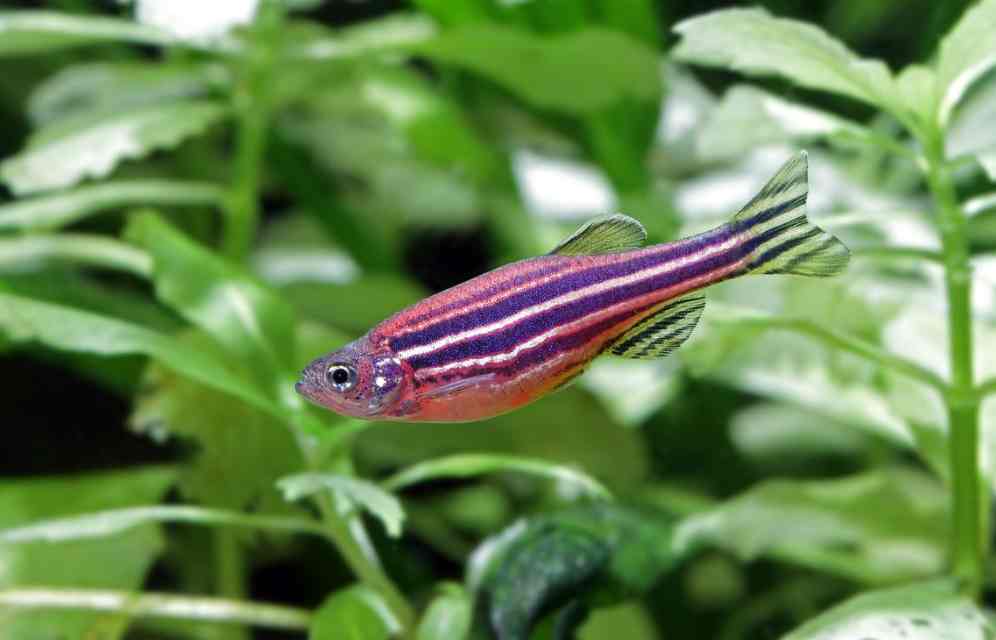
Zebra Danios Zebra Danios breeding timeline
- Spawning:
Adult Zebra Danios will spawn in the morning, laying 100-300 eggs on plants and surfaces. This may occur over multiple days.
- Fertilization:
The male will fertilize the eggs immediately after the female lays them.
- Egg Stage:
Fertilized eggs typically hatch in 24-30 hours when kept at an ideal temperature of 75-82°F.
- Hatching:
After 24 hours, the eggs will hatch and release tiny, transparent larvae. These larvae cling to plants or surfaces with an adhesive gland.
- Absorption Stage:
For roughly 3 days after hatching, the larvae will absorb their yolk sac for nourishment. They remain largely immobile, still clinging to plants or surfaces.
- Free-Swimming Fry:
Approximately 3-5 days after hatching, the yolk sac will be absorbed, and the larvae will become free-swimming Zebra Danios Zebra Danios fry. They will begin actively seeking food.
- Growth:
The fry are just over 1/4 inch in length when they begin swimming. Over 6-8 weeks, they will grow to display the signature Zebra Danios Zebra Danios colors and stripes.
So, in total, allow about 1 day for eggs to hatch, 3-5 days before fry swim freely, and 6-8 weeks to reach the juvenile stage. Maintain excellent water quality and frequent small feedings for healthy growth.
What to Feed Baby Zebra Danios?
Here are some ideal first foods to feed newly hatched Zebra Danios Zebra Danios fry:
- Infusoria – This microscopic food is perfect for fry at 3-5 days old. Grow cultures of infusoria ahead of time by collecting pond water, leaves, etc. Infusoria can sustain fry for their first 2 weeks.
- Liquidfry – Specially formulated liquid fry foods like Liquidfry provide an instant infusoria-like solution containing protein, fats, and vitamins for first feeding.
- Powdered Fry Food – Finely ground powdered foods allow even newly hatched fry to ingest small particles. Choose brands made for egg-layer fry.
- Microworms – Recently hatched microworms are small enough for new fry once they are 5-7 days old and free swimming. Culture microworms in advance.
- Vinegar Eels – These tiny nematodes wiggle enticingly to trigger feeding responses. Rinse well before feeding the fry.
- Green Water – Dense green water made from microalgae like chlorella or spirulina can sustain tiny fry when they transition to free swimming.
- Decapsulated Brine Shrimp Eggs – Brine shrimp eggs broken down mechanically provide nourishing protein and fats. Soak before feeding.
Feed at least 4-5 small meals daily and remove any excess after a few hours. Target a variety of live foods for proper nutrition. Soon, the fry will grow large enough for brine shrimp and crushed flakes.
Starting an infusoria culture to feed
Here is a step-by-step guide for starting an infusoria culture to feed Zebra Danios Zebra Danios fry.
Supplies Needed:
- Quart-sized glass jar or container
- Natural plant matter like lettuce leaves, spinach, peas, grass clippings
- Established aquarium water
- Window sill or ambient lighting
Instructions:
- Boil some water and pour over your collected plant matter in the jar to create an “infusion.” You want a moderately concentrated organic extract.
- Allow the infusion to cool to room temperature. Then, top off the jar with water from an established, healthy aquarium to inoculate it with microorganisms.
- Place the jar on a window sill or under ambient room lighting. Avoid direct sunlight, which can overheat the culture.
- Wait 5-7 days for the culture to bloom. It will likely get cloudy as bacterium populations increase. Then, it will clear up as infusoria multiply and dominate.
- When the culture clears in roughly a week, it means the infusoria has proliferated and is ready to harvest. You should see tiny particles swirling around the jar.
- To harvest, simply pipette out a small amount of infusoria-rich water. Rinse the culture in tank water before feeding it to your fry. Start with small amounts.
- Maintain the parent culture, topping it with new plant matter and aquarium water. The population will continue multiplying, allowing you to harvest it for several weeks.
Follow this process, and your infusoria culture will produce nutritious live food to raise your delicate Zebra Danios fry!
Summary of the key points
Breeding Zebra Danios can be very rewarding if you pay close attention to setting up the proper tank conditions and selecting a healthy breeding pair – start by choosing a larger female and slimmer male based on size, body shape, and color patterns, then condition them separately on high-protein foods like live brine shrimp.
When ready, place the pair in a 10-20 gallon breeding tank with dim lighting, lots of fine-leaved plants like java moss, an organic peat moss substrate to lower pH, and soft, acidic water with a temperature of 75-82°F and a pH between 4.5-6.5 achieved through the use of peat, dried leaves, and RO water. Trigger spawning by changing water and raising the temperature slightly, then removing adults after they lay eggs, which will hatch in 24-30 hours.
Be prepared to feed newly hatched fry infusoria several times a day, transitioning later to microworms and powdered fry foods. Maintain excellent water quality through frequent small water changes while carefully monitoring ammonia, nitrites, and nitrates. Only add a sponge filter once the fry is free-swimming around 3-5 days after hatching.
With the proper setup and care, the Zebra Danios Zebra Danios fry will exhibit its signature bright colors at about 6-8 weeks when it reaches the juvenile stage, and you can enjoy the fruits of successful Zebra Danios Zebra Danios breeding!
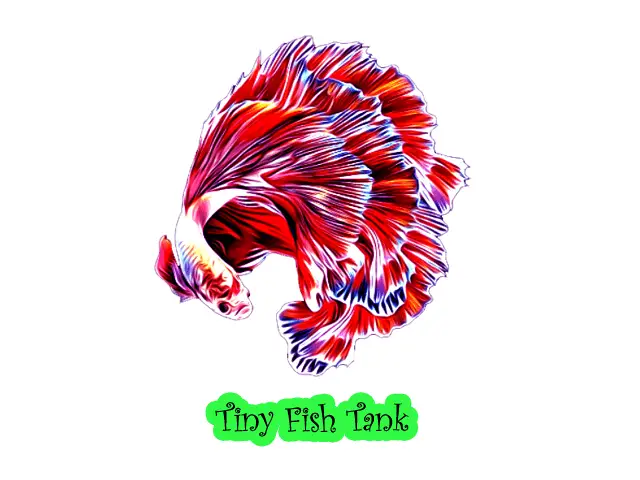
![Why Zebra Danios Jump Out of Tank? [ 5Reasons and Best Solutions]](https://www.tinyfishtank.com/wp-content/uploads/2023/08/Danios-Jump-Out-Tank-768x532.jpg)
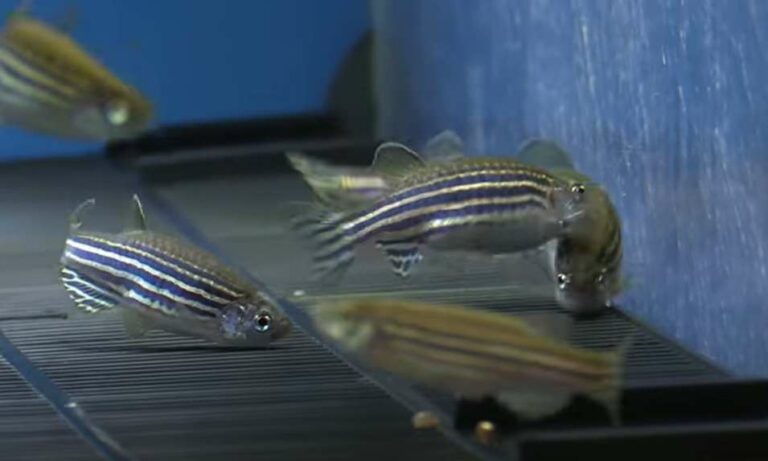
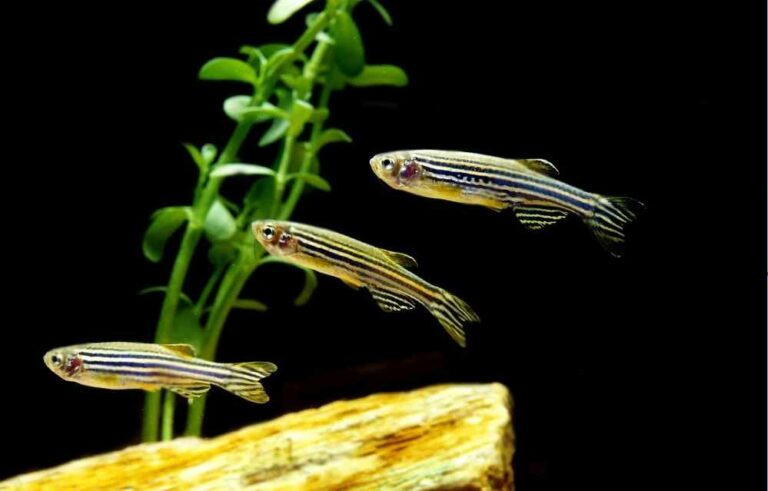
![Do Zebra Danios Need Oxygen and Air Pump? [3 Hidden Facts]](https://www.tinyfishtank.com/wp-content/uploads/2023/08/Danios-Need-Oxygen-768x479.jpg)
